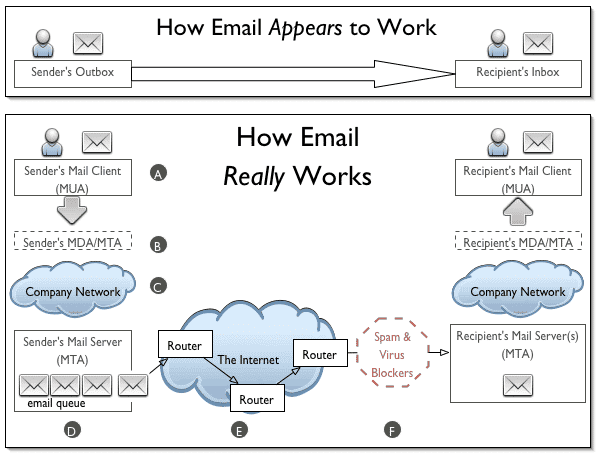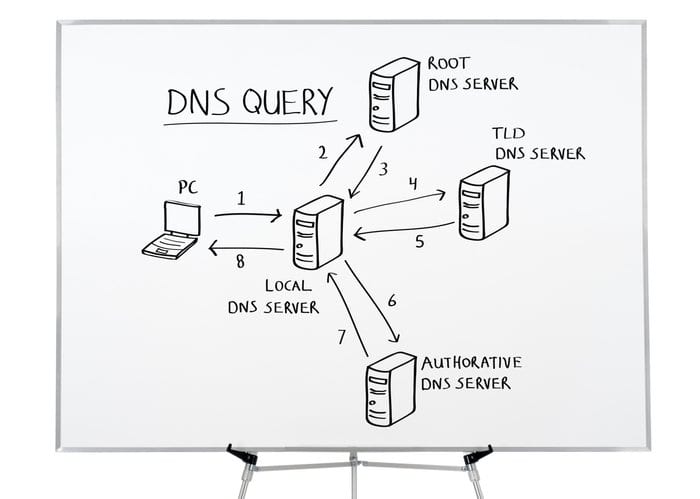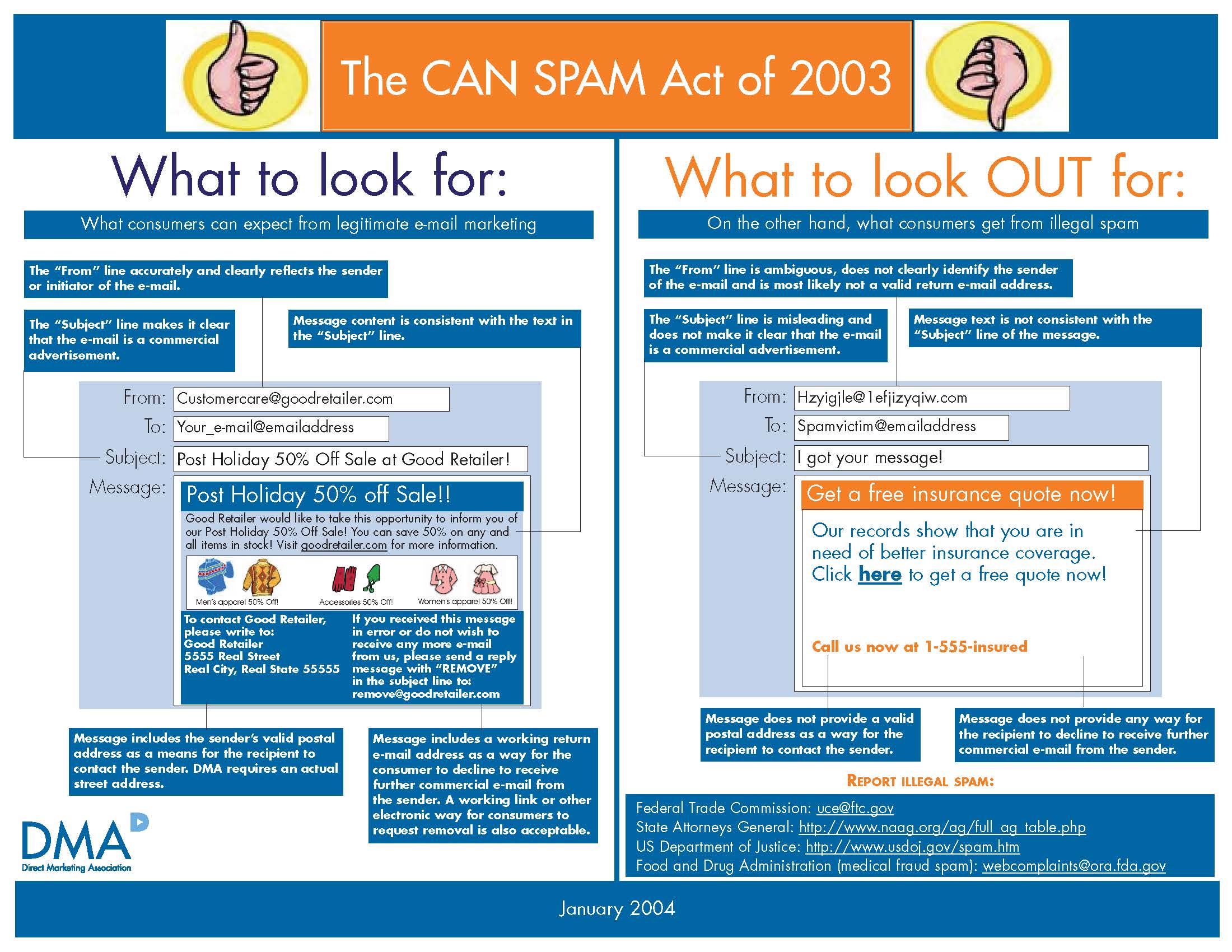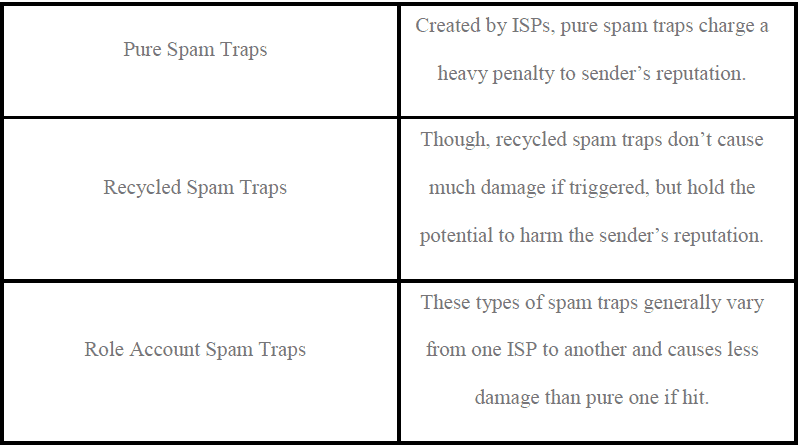
You’ve just created what you think is the perfect marketing email. It’s crisp and beautiful, user-friendly and relevant. It may even be your best email yet. However, there’s a 95% chance nobody will ever see it.
That’s roughly how much email Gmail’s network outright blocks… as well as those of Yahoo!, Hotmail, Comcast and AOL. Every day, billions of messages are marked as spam, never to see the light of the inbox. Therefore, it’s crucial that every email marketer has the support of a knowledgeable and a strong deliverability team, which is just one service that Marigold offers. Deliverability is an art and science so understanding what can impact inboxing is the first step.
Deliverability is the MVP of email, ensuring that a company’s emails make it to their intended recipient. Strong deliverability drives revenue, but it’s a background player, so far in the shadows that many people simply don’t understand it. If you fall into that category, this glossary is for you.
Deliverability 101
Let’s start with the basics. First, there’s the Internet Service Provider (ISP) and Email Service Provider (ESP). The former describes companies like Comcast and Verizon; the latter, Marigold.

Image courtesy of OASIS Open
All senders are given a sender reputation, which ultimately determines whether ISPs deliver a message to the inbox or junk folder, or block it altogether. While ISPs look at many metrics to determine sender reputation, there are four major drivers: user engagement, user invalids, user complaints and spam trap hits. Domain reputation ultimately bears more weight, but Internet Protocol (IP) Reputation still validates the sender in the ISP’s eyes when, say, someone opens or clicks a message.
The opposite is also true. High opt-out rates, complaints and invalid users hurt deliverability, as do frequent deleting of unread messages. Maybe someone likes a brand, but they’re an infrequent shopper. When they delete the brand’s emails regularly, that makes the ISP think you don’t want to hear from that retailer, automatically directing their messages in your junk folder. ISPs see if a user deletes a message without reading, if a message is moved to a junk folder and how long a message is being read for, as this is within their own network. ESPs can’t see that, but measure engagement by opens.
Breaking Down the Deliverability Acronyms
To truly understand deliverability, you have to be able to make sense of the Scrabble tiles of terms, such as:
- Domain Name System (DNS). This system maps a human-friendly domain name into a server IP address, basically like a telephone book. An MX type DNS record specifies where mail destined for a particular domain name should be sent. A TXT type DNS record is used to contextualize information about the domain for authentication purposes.

Image courtesy of iStock
- DomainKeys Identified Mail (DKIM). DKIM is a protocol used to digitally sign a message. As a result, it ensures that the sender has permission to use the domain and that the message wasn’t tampered with in transit.
- Sender Policy Framework (SPF). SPF identifies whether a sending server has permission to send mail from a particular domain. It’s used to authenticate the Return-path From address, which normally only appears in the message headers.
- Domain-Based Message Authentication, Reporting & Conformance (DMARC). DMARC prevents phishing and spoofing. It ensures that the domain used in the From field passes either DKIM or SPF, thereby assuring that the sender has permission to send from the domain in the From field visible to the recipient.
Know Your Regulations
There are a few more particularly noteworthy acronyms. What makes them so important? They’re laws that dictate deliverability.
- Controlling the Assault of Non-Solicited Pornography and Marketing Act (CAN-SPAM Act). Signed into law by President George W. Bush in 2003, the CAN-SPAM Act is a set of regulations for commercial email senders. For example, the consequences for not respecting a consumer’s right to opt out.

Image courtesy of the Data & Marketing Association
- Canada’s Anti-Spam Legislation (CASL). A 2014 anti-spam law, CASL is one of the toughest regulations of its kind in the entire world. Businesses must get consent from Canadian consumers before emailing them.
- General Data Protection Regulation (GDPR). CASL probably sounds familiar, given its parallels to the GDPR, which went into effect earlier this year. However, the GDPR goes far beyond email with very strong consent provisions for collecting and using customer data.
Other Deliverability Terms
With the acronyms out of the way, here are some other key deliverability terms:
- Delivered. It’s worth noting that when a message is considered “delivered,” that means it was delivered to the ISP — and not necessarily to the inbox.
- Soft bounce. “Bounce” refers to an undeliverable email message or a temporary situation and a soft one is generally benign. Common reasons include someone’s inbox being full or a server being down.
- Hard bounce. On the other hand, a hard bounce is permanent, due to a non-existent, blocked or invalid email address. Think typos or a business account for someone who’s left the company. Too many hard bounces hurt your reputation and deliverability.
- Spam. Everyone knows what Spam is, but you may not know that the term originated from a Monty Python sketch about the other Spam’s ubiquity. You also may not have realized how prevalent it is; as noted above, 95% all email is spam.
- Spam trap. A spam trap is an email address that’s never been opted into a sender’s list. Blacklist operators maintain them to catch the senders who continually message those addresses.

Image courtesy of EmailMonks
- Blacklist. If you’re on one, that means the ISPs have identified you as a spammer. That negatively impacts your reputation and makes deliverability more difficult. If your messages routinely hit spam traps, your entire domain can be blacklisted.
- Inbox Placement Rate. Once mail is accepted into an ISP’s network, this figure refers to how many messages are delivered to the inbox.
- Feedback loop. For the ISPs that offer this service, this allows senders to receive a report every time someone marks your email as spam or junk. It helps you maintain a clean list by suppressing or deleting these users.